EV-9031 Monitor Repair Part 2
2023-08-14
Since the issues now appeared to be in the horizontal sync, I replaced the HOT (Horizontal Output Transistor), again the picture improved slightly. I acquired a BK Precision NTSC generator off of ebay model 1249A, because I was still not 100% confident that the composite signal from the Apple II was compliant. This is the result of that test:
This actually did not look great to me and I thought I might have taken a step backwards. After connecting the Apple II back I could see there was more improvement.
Now I was stumped although I did replace the Mylar capacitors in the horizontal output section, maybe a slight difference after that but not much.
It seemed like a power issue but the power circuit is fairly simple, just a full bridge rectifier and some capacitors to even out the ripples. All the diodes tested good and the oscilloscope showed what I thought was a good waveform.
I had a benchtop power supply but no way to connect it to the DC in on the monitor because I didn't have a connector plug (2.5X5.5MM) so I ordered one of those.
I had measured the AC and DC voltage a couple of times already, the AC voltage coming out of the transformer when I first measured was 16v but once I turned the monitor on it dropped to 8v. This seemed low because the DV input voltage is 12v, but again no fuses were blowing and my thought was that something was drawing more amps than it needed.
I got the connector plug I needed to hook up my DC power supply and right off the bat it looked great, even at 8v. The dot pattern from the NTSC generator looked good.
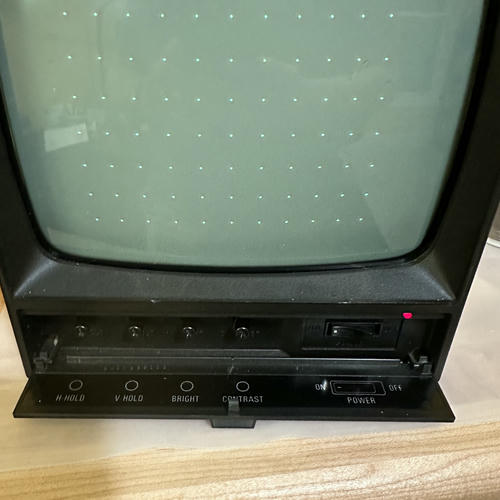
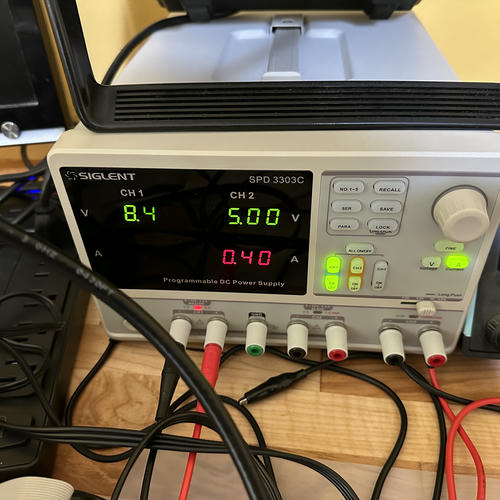
Output from Apple II looked great.
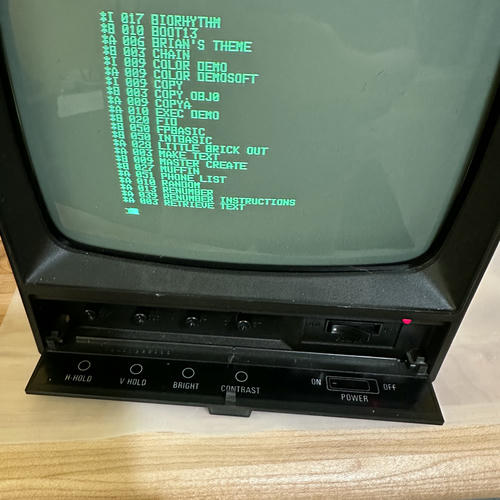
I desoldered the outputs from the transformer and took a voltage reading, at no load it was only 8v I have no idea how I was getting 16v before. There must have been some capacitor discharge happening at the same time as I was measuring. It was time to take a closer look at this transformer.
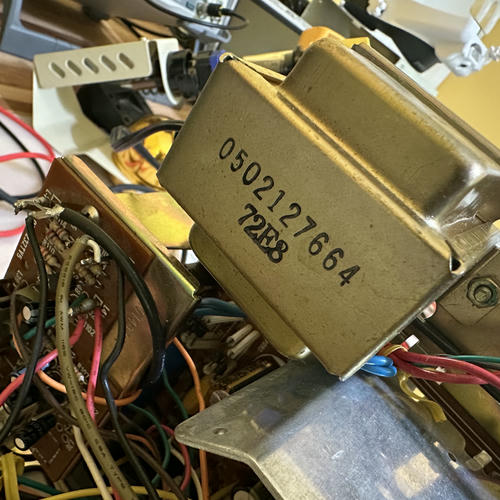
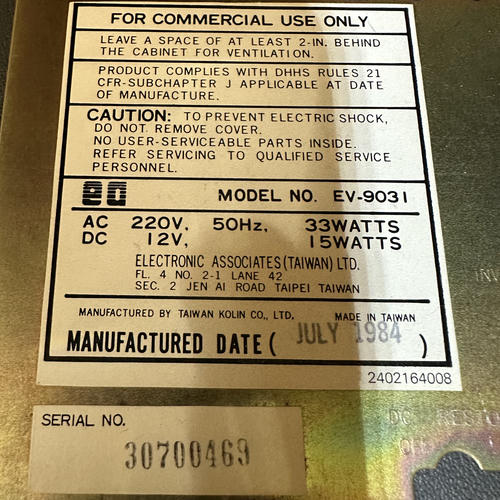
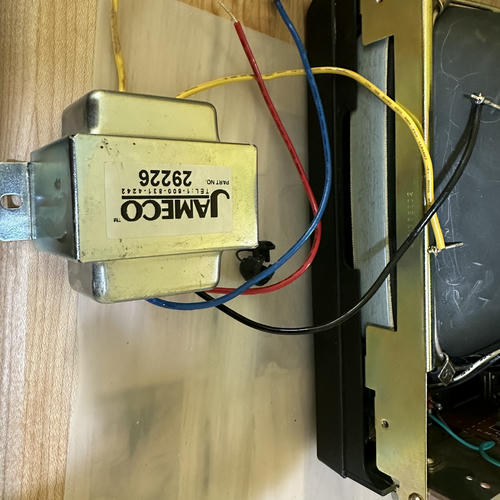
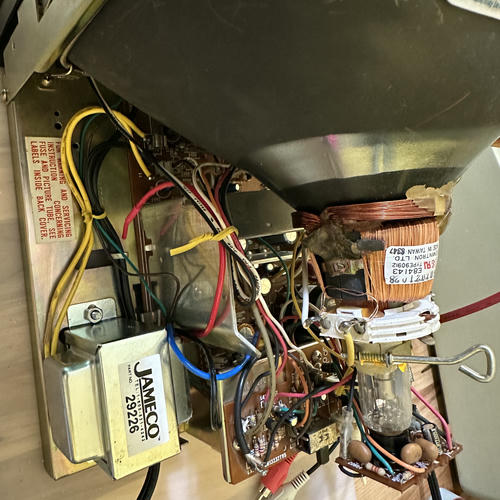
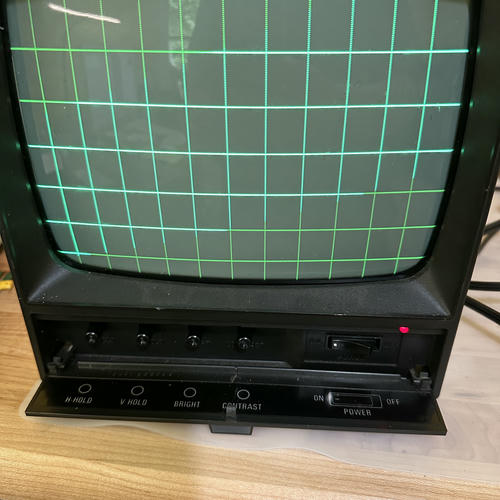
Ok, time to fire up the Apple II and take a look. It looked great, not issues at all. I'm happy with the outcome although not paying attention to the back panel and seeing it was a 220 input cost me some time, I ended up learning a lot about CRT electronics.